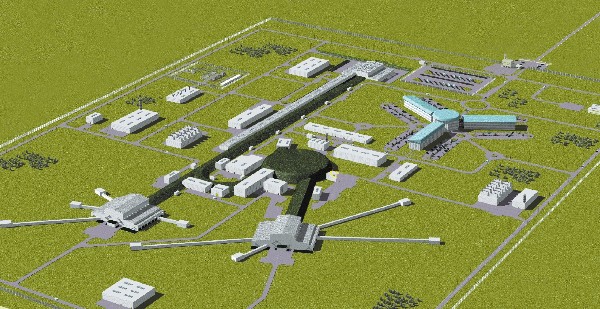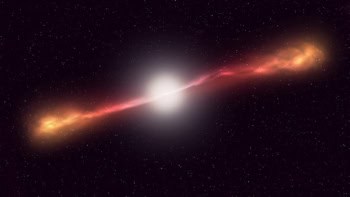
Sweden will host Europe’s next-generation neutron facility that, once built, will be the most powerful source of neutrons in the world. The €1.48bn European Spallation Source (ESS) will cater for thousands of researchers every year in fields from condensed-matter physics to biology.
At a meeting of research ministers in Brussels last night to decide the site for the ESS, nine countries including France, Germany and Italy supported Lund’s bid. Only one country supported another candidate bid. The other bids to host the ESS were from Bilbao, Spain and Debrecen in Hungary.
The ESS will generate intense beams of neutrons by a process called “spallation”. The Lund design will accelerate protons to energies of 1.3 GeV, with a beam power of 5 MW, before smashing them into 1200 litres of liquid mercury. Neutrons will be driven out from the mercury nuclei, before being cooled and guided to a maximum of 44 experimental stations.
The ESS will specialize in long wavelength, or “cold”, neutrons that suit experiments on large-scale structures such as biological molecules. The Lund bid has been promised 50% of the total costs – including funds for 22 instruments – from not just the Swedish government but Denmark and Norway too. The rest will come from other governments such as the UK and Germany, which will be able to claim beam time in proportion to the amount of funding they provide.
“We have an excellent infrastructure in Lund with nearby science parks and technology companies, and everyone speaks English,” says Colin Carlile, director for ESS Scandinavia. The bid was also boosted by the Swedish government’s decision in October last year to build a 3 GeV X-ray synchrotron facility – MAXIV – that would be the brightest in the world once constructed, next to the ESS.
The ESS is expected to have running costs of about €100m per year and the first neutrons are expected 10 years from now with all the instruments to be completed five years after that.
“The ESS will be more powerful than the Spallation Neutron Source in Oak Ridge in the US,” says Peter Tindemans, chair of the ESS Initiative, which represents the various consortia bidding to host the facility. “It will be the first long-pulse source in the world, making it different from all existing neutron facilities.”



